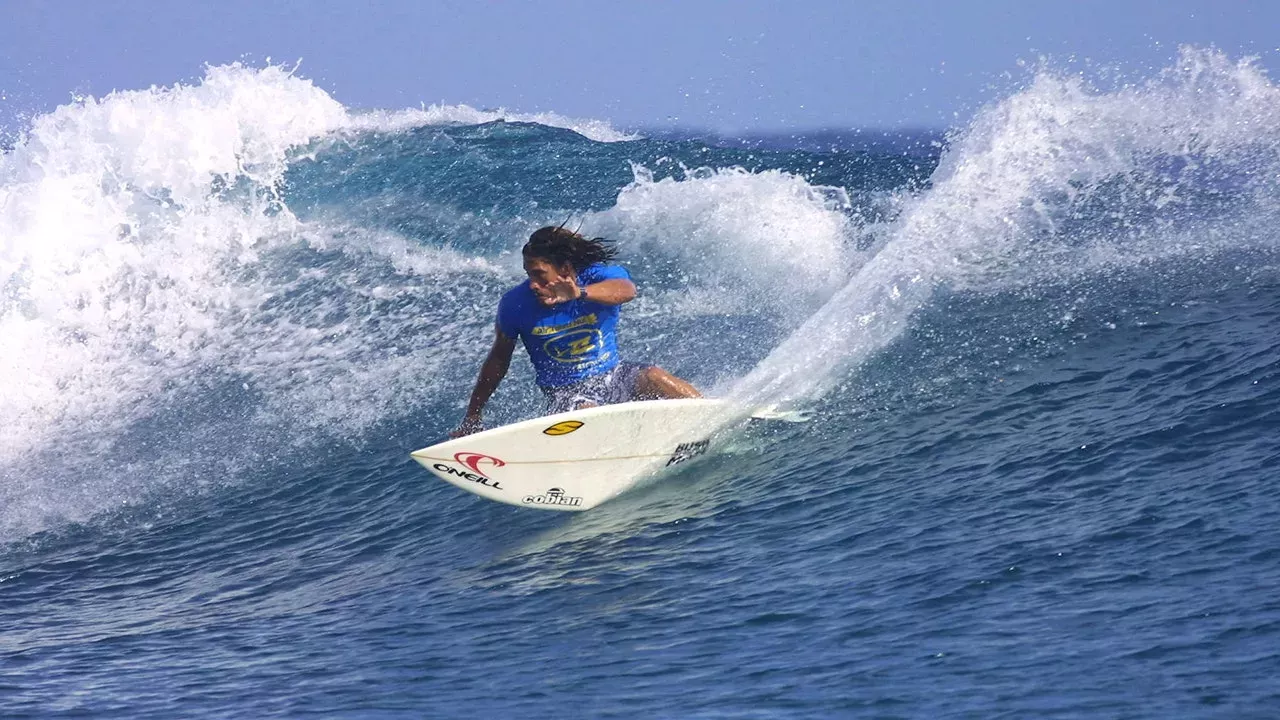Tamayo Shark Attack: Shark Attack Hawaii Tamayo

Shark attack hawaii tamayo – The Tamayo shark attack, which occurred in Hawaii, serves as a grim reminder of the potential dangers lurking beneath the ocean’s surface. The incident unfolded in a tragic manner, leaving a lasting impact on the victim and the community.
In the aftermath of the shark attack that claimed the life of Tamayo, the waters off the coast of Hawaii remain shrouded in fear. Meanwhile, on the sun-kissed shores of Panama City Beach, the panama city beach flag today flutters gently in the breeze, signaling the return of tranquility to those eager to venture into the ocean once more.
Yet, the memory of Tamayo’s tragedy lingers, a haunting reminder of the unpredictable nature of the sea.
The victim, a 35-year-old male identified as Thomas Tamayo, was enjoying a leisurely swim in the waters off Keawakapu Beach on the island of Maui. As he ventured further into the ocean, he found himself in the path of a predatory shark.
Type of Shark
The shark responsible for the attack was identified as a tiger shark, known for its aggressive behavior and powerful jaws. Tiger sharks are apex predators, often found in shallow coastal waters, and are known to attack humans unprovoked.
Hawaii’s Shark Attack History

Hawaii has a long history of shark attacks, with the first recorded attack dating back to 1828. Since then, there have been over 200 shark attacks in Hawaii, resulting in 18 fatalities. The majority of these attacks have occurred on the island of Oahu, followed by Maui and Hawaii Island. While shark attacks are relatively rare in Hawaii, they do happen, and it is important to be aware of the risks and take precautions when swimming or surfing in the ocean.
Frequency and Locations of Shark Attacks
The frequency of shark attacks in Hawaii has varied over the years, with some years seeing multiple attacks and other years seeing none. However, there has been a general trend of increasing shark attacks in Hawaii over the past several decades. This is likely due to a combination of factors, including the increasing popularity of water sports such as surfing and swimming, and the growing population of Hawaii.
The most common location for shark attacks in Hawaii is on the south shore of Oahu, particularly in the area around Waikiki Beach. This is likely due to the fact that Waikiki is a popular tourist destination and there are a lot of people swimming and surfing in the water. Other common locations for shark attacks in Hawaii include the north shore of Oahu, the west side of Maui, and the Kona Coast of Hawaii Island.
Factors Contributing to Shark Attacks, Shark attack hawaii tamayo
There are a number of factors that can contribute to the occurrence of shark attacks in Hawaii. These include:
- Environmental conditions: Sharks are more likely to be present in areas with warm, clear water and abundant prey.
- Human activities: Sharks are often attracted to areas where there is a lot of human activity, such as beaches, harbors, and fishing boats.
- Prey availability: Sharks are more likely to attack humans if they are hungry or if they mistake humans for their prey.
- Shark behavior: Sharks are apex predators that are naturally curious and may investigate humans out of curiosity or aggression.
Shark Attack Prevention and Safety Measures

Adhering to safety guidelines is paramount when swimming or participating in water activities in shark-inhabited areas. By observing these measures, individuals can minimize the likelihood of shark encounters and ensure a safe and enjoyable experience.
Swimming Practices
- Swim in groups, as sharks are less likely to approach larger groups.
- Avoid swimming in murky water, where visibility is reduced, making it difficult to spot sharks.
- Stay away from areas known to be frequented by sharks, such as river mouths or deep channels.
- Avoid swimming at dawn or dusk, when sharks are most active.
- Do not wear shiny jewelry or brightly colored clothing, which can attract sharks.
Shark Deterrents
While the effectiveness of shark deterrents is still debated, some devices and protective gear can provide peace of mind and may offer some level of protection:
- Shark repellent devices: These devices emit electrical or magnetic pulses that are intended to deter sharks. While their efficacy is not fully established, some studies suggest they may have a limited deterrent effect.
- Protective gear: Wetsuits or shark-resistant suits can provide some protection against shark bites. However, it’s important to note that no suit is completely bite-proof.
Tamayo’s ordeal off the coast of Hawaii, where a shark’s relentless assault tested her will to survive, echoes the tragedy that unfolded at Panama City Beach today. Another life was lost to the unforgiving sea , a grim reminder of the fragility of human existence in the face of nature’s wrath.
Yet, amidst the sorrow, Tamayo’s story offers a glimmer of hope, a testament to the indomitable spirit that resides within us, even in the face of adversity.
The horror of the shark attack in Hawaii that claimed the life of Tamayo lingers, a stark reminder of the ocean’s hidden dangers. Yet, amidst the tragedy, there’s a strange solace in the vibrant hues of the flags fluttering along Panama City Beach.
Their cheerful colors seem to mock the darkness that lurks beneath the waves, offering a temporary respite from the fear that now haunts the shores of Hawaii.
As the sun dips below the horizon, casting long shadows across the water, the memory of Tamayo’s encounter with the shark lingers in the air. Like the flags fluttering on Panama City Beach , the waves whisper tales of survival and the relentless power of the ocean.
But as night falls, the fear subsides, and the rhythmic lapping of the waves becomes a soothing lullaby, reminding Tamayo that even in the face of danger, life finds a way to endure.
Amidst the somber aftermath of the tragic shark attack off the coast of Hawaii, the topic of beach safety has once again come to the forefront. While the bustling shores of Panama City Beach may seem far removed from the incident, they too are adorned with flags that serve as vital safety indicators.
These flags, just like those that flew over Hawaii , provide beachgoers with crucial information about water conditions and potential hazards, reminding us that even in paradise, vigilance is paramount.